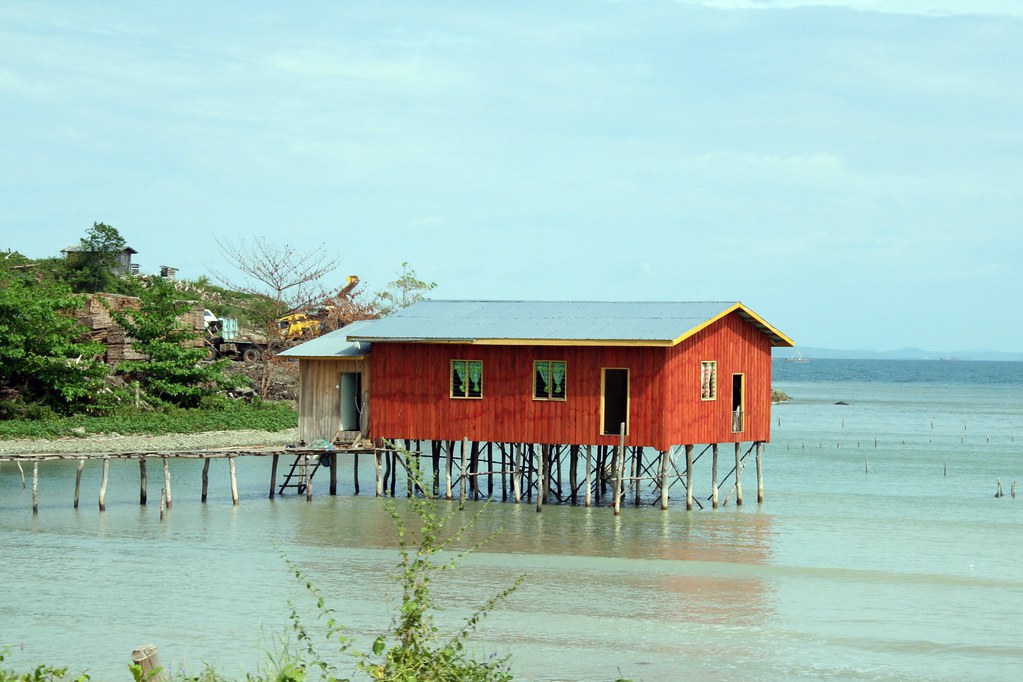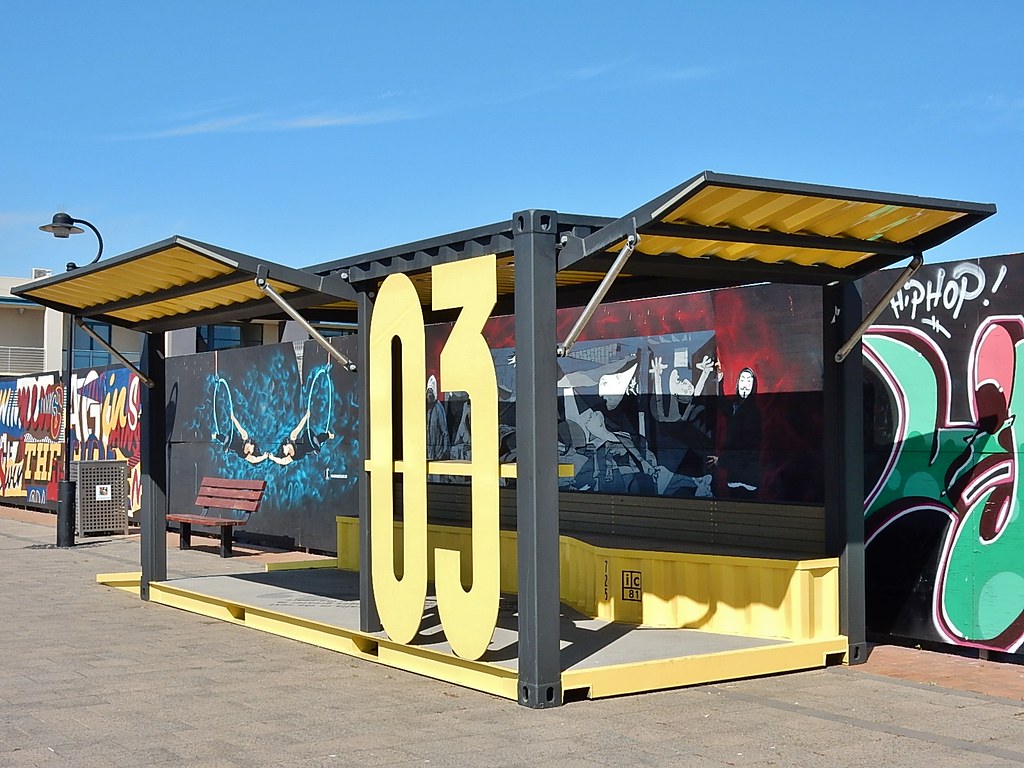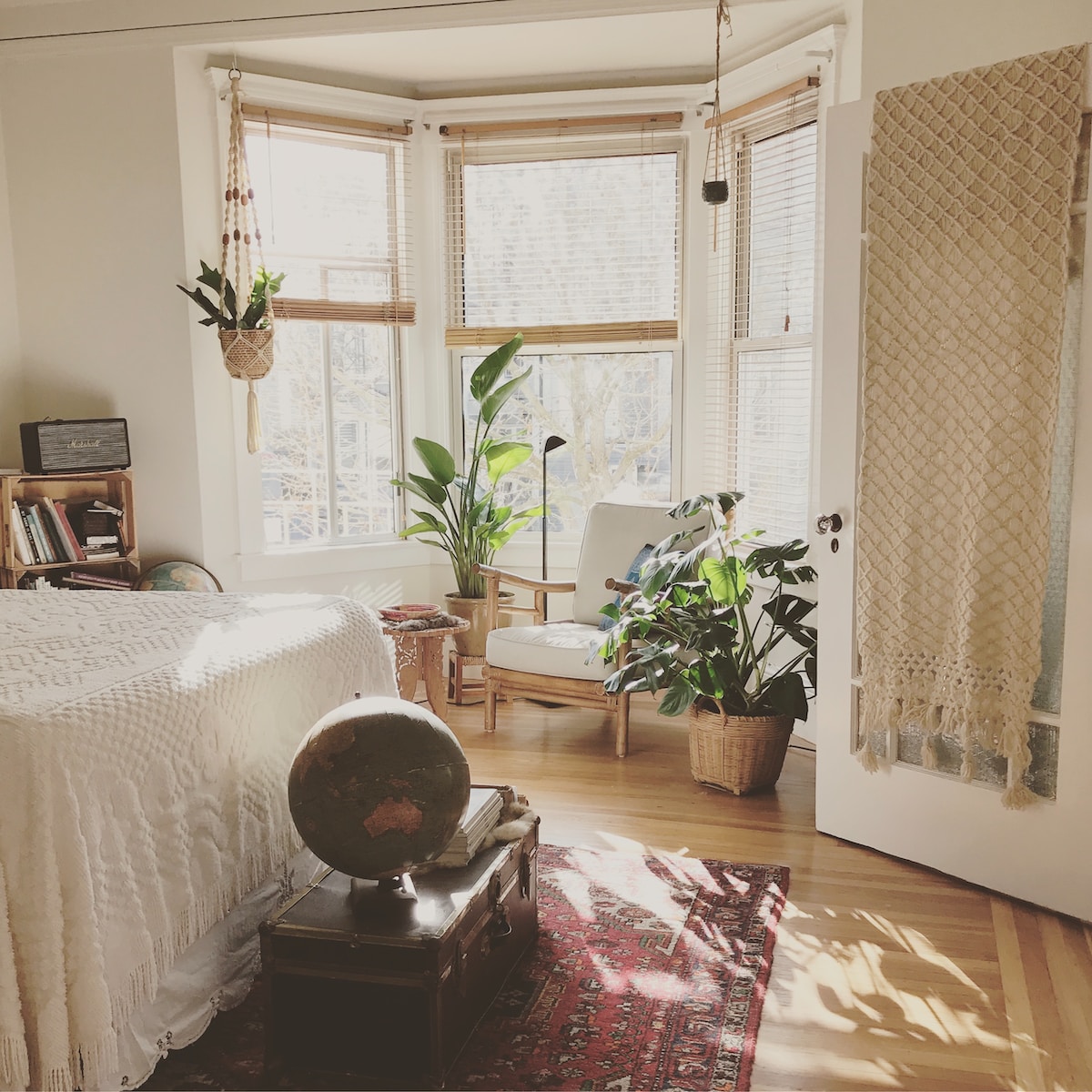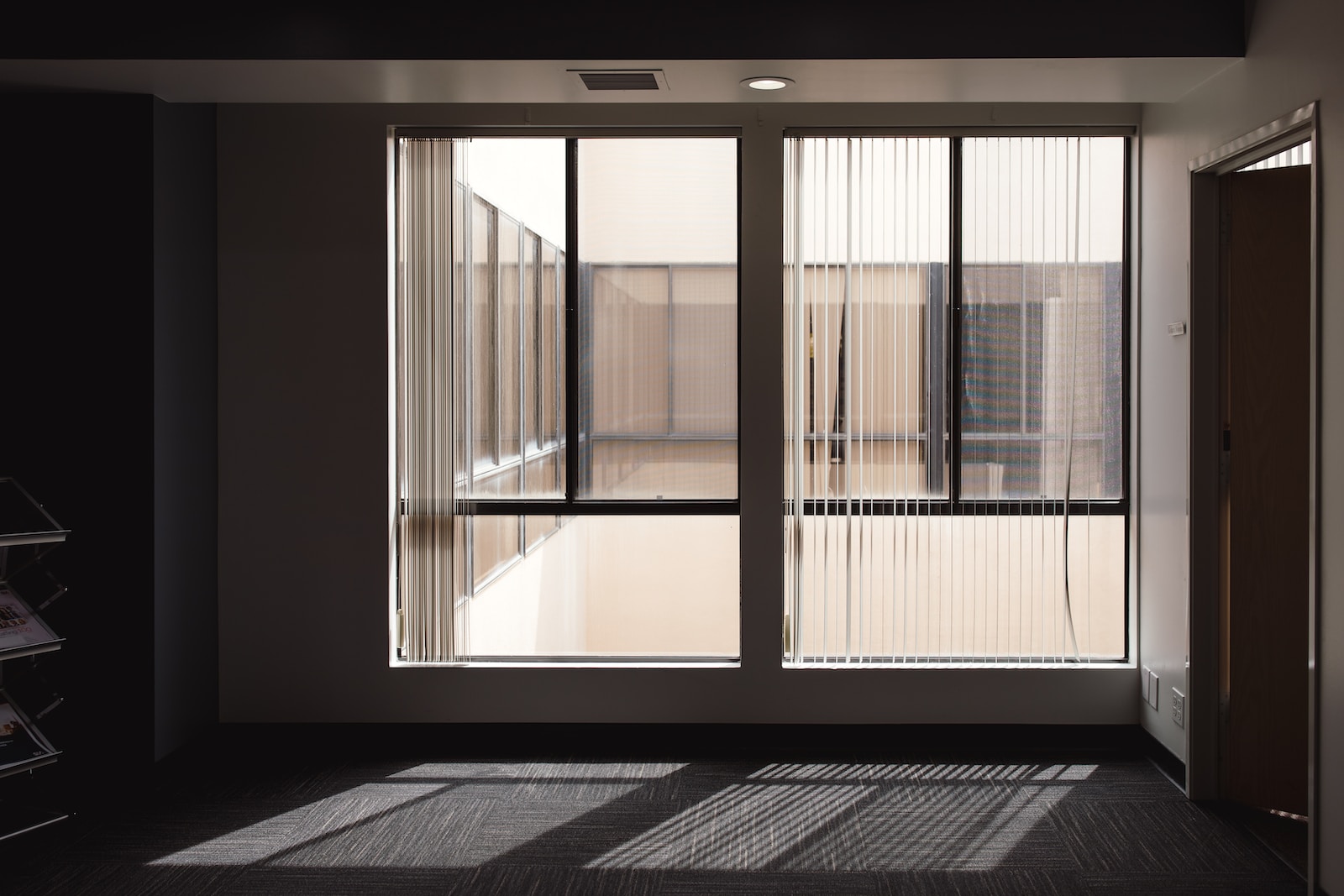Hey there, fellow container home enthusiasts! I’m Emily Owens, and I’ve been writing about the wonders of container homes for over four years now. In that time, I’ve seen this innovative housing solution gain popularity and recognition for its eco-friendliness, affordability, and uniqueness. But there’s one crucial aspect of container home living that often gets overlooked, and that’s dealing with building codes and standards. Fear not! In this article, we’re going to dive deep into the world of building codes and standards for container homes, with a dash of humor and a pinch of practicality.
The Container Home Revolution
Container homes have taken the world by storm, providing a fresh perspective on sustainable living. These homes, made from repurposed shipping containers, offer a unique blend of durability, affordability, and versatility. However, they’re not exempt from the labyrinth of building codes and standards that govern traditional housing. So, let’s get our hands dirty and explore this intriguing realm.
Understanding Building Codes
First things first, what are building codes? Think of them as the rules and regulations that ensure your home is safe, structurally sound, and adheres to local zoning laws. These codes vary from place to place, so what might be acceptable in one location may not fly in another. It’s like trying to convince a New Yorker that deep-dish pizza is superior – it’s just not going to happen!
When it comes to container homes, the challenge lies in adapting these steel giants into cozy dwellings while still adhering to the law. But fear not, container home aficionados, as I’m here to help you navigate the tricky waters of building codes.
Foundation Matters
One of the first hurdles you’ll encounter is the foundation. Some building codes require container homes to be placed on a permanent foundation, just like traditional houses. Others may allow for more flexibility, like using a pier or piling foundation. Always check with your local authorities to see what’s acceptable in your area.

For example, in windy coastal regions, authorities might demand a stronger foundation to ensure your container home doesn’t go for an impromptu sail across the neighborhood during a hurricane. A solid foundation is like the container home’s anchor – it keeps you grounded.
Insulation and Ventilation
Container homes can get a bit stuffy if you don’t pay attention to insulation and ventilation. Building codes often have strict requirements for these aspects to ensure a comfortable and safe living environment.
Let’s say you’re living in the beautiful but chilly state of Alaska. You’ll need to insulate your container home properly to keep those brutal winters at bay. Foam board insulation or spray foam insulation can be your best friends here. Plus, you’ll want to make sure your heating and ventilation systems are up to par to prevent moisture buildup and mold issues. Nobody wants their home to become a giant petri dish!
Plumbing and Electrical
Containers don’t come equipped with plumbing and electrical systems, so you’ll have to install them according to local codes. This is where it gets a bit tricky.
Imagine you’re in the heart of Texas, where the sun scorches everything in its path. Your container home will need a robust cooling system and proper insulation to combat the heat. Plus, it’s essential to adhere to electrical codes to ensure your wiring is safe and up to date. You don’t want to fry your electronics or yourself in the process!
Zoning Regulations

Another aspect of building codes and standards that often trips people up is zoning regulations. These dictate where and how you can place your container home on your property. For example, some areas may allow container homes as accessory dwelling units (ADUs), while others may require them to be the primary residence.
So, picture this: You’ve got a beautiful container home and a spacious backyard in California, but the local zoning regulations only allow ADUs. You might need to do some creative convincing to make your container home fit the bill, or explore other options like renting it out on Airbnb.
Permits, Permits, Permits
Ah, permits – the necessary evil of building anything. You’ll need various permits throughout the construction process, and these can vary widely depending on your location. Permits can include building permits, electrical permits, plumbing permits, and even septic permits in some cases.
It’s like throwing a party; you need permission to make sure everything runs smoothly and safely. Just think of permits as your golden ticket to container home bliss!
Professional Help
Navigating the sea of building codes can feel like trying to read a foreign language. That’s why it’s often a wise choice to consult with professionals who specialize in container home construction. Architects, engineers, and contractors with experience in container homes can be invaluable in helping you meet all the necessary codes and standards.
Conclusion
Container homes are a fantastic way to embrace sustainable living and express your creativity. However, they come with their fair share of challenges, especially when it comes to building codes and standards. Remember that these codes exist to ensure your safety and the safety of your community, so it’s essential to follow them diligently.
As you embark on your container home journey, don’t be afraid to reach out to local authorities, professionals, and fellow container home enthusiasts for guidance. It may seem daunting, but with the right support and a sprinkle of humor, you can make your container home dream a reality while staying firmly within the bounds of the law.
So, here’s to turning those steel giants into cozy havens and navigating the labyrinth of building codes with style and grace. Happy container home building, my friends!



















Find Us on Socials